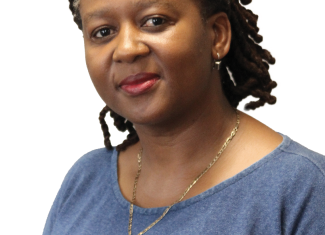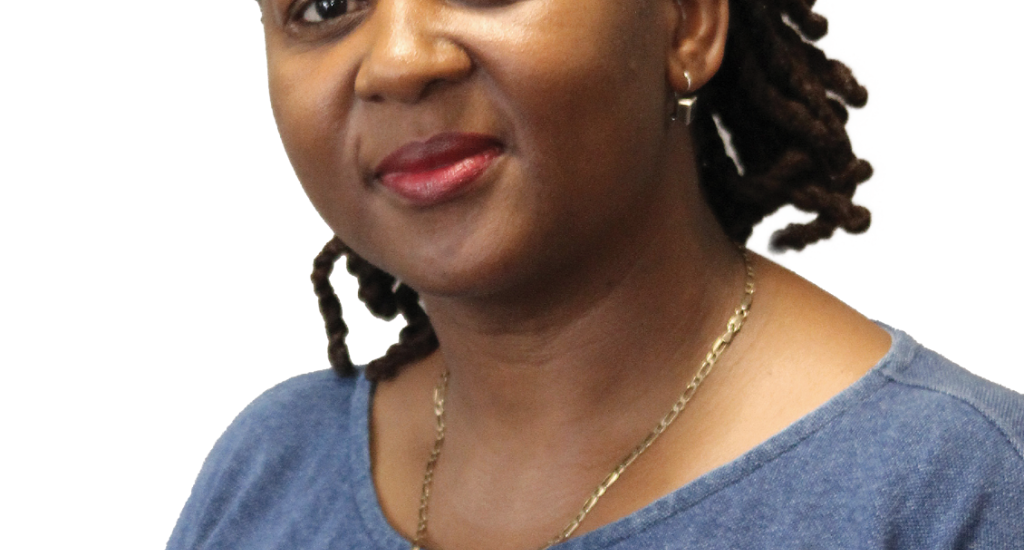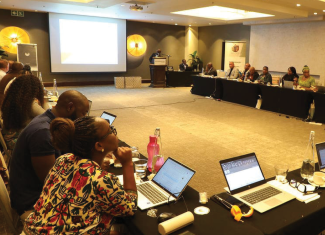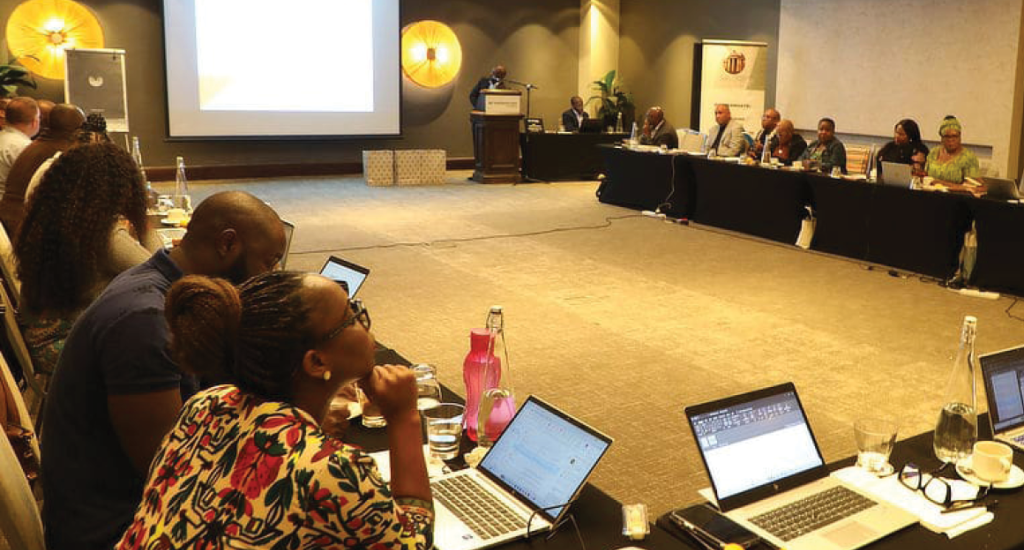GBVF: Prevention is better than cure
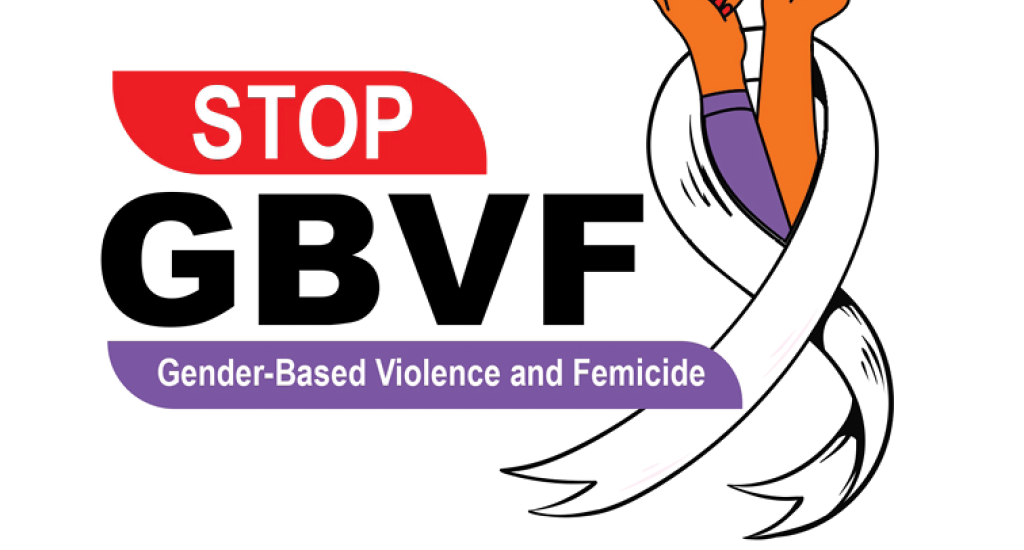
Dr Nwabisa Jama Shai is a powerful champion against gender-based violence and femicide (GBVF) in South Africa.
As Director of Gender and Health Research at the South African Medical Research Council (SAMRC), Shai brings a researcher’s precision and an advocate’s passion to her work, consistently emphasising one crucial message: prevention is paramount.
Her research focuses on developing effective prevention strategies for GBVF. She specialises in researching gender dynamics, expression of femininity, and women’s lived experiences with GBVF, particularly in low and middle-income countries (LMICs), where resources for addressing these issues are often limited.
She holds a PhD in Public Health from Wits University, where she also works as an honorary senior lecturer in the School of Public Health.
In an exclusive interview with Public Sector Manager magazine, she said the country could no longer afford to continue with ineffective measures to address the challenge of GBVF.
“We need interventions that fundamentally reshape how we understand gender roles,” Shai explained. “Programmes promoting gender equity must reach both women and men in order for them to be effective. The evidence for what works to prevent violence against women and girls exists. We simply need to implement these proven approaches”.
Gender inequality
Shai’s research has identified gender inequality as a major driver of GBVF. The findings of her research reveal how men’s societal power and privilege enable patterns of control and domination over women and girls – a system that perpetuates itself by actively suppressing those who might challenge it.
“Gender inequality has seeped into every fibre of society. Dismantling these structures requires serious work to help people recognise how their everyday views, beliefs, and decisions regarding women and girls reinforce harmful patterns,” she said.
According to Shai, building genuine gender equity demands collective action from all members of society. “We must examine how power and privilege operate, particularly how we unconsciously grant certain advantages to men that ultimately harm and oppress everyone who is not male,” she said.
Through extensive household surveys, Shai and her team have identified several critical factors that fuel GBVF. In addition to gender inequality, her team’s research shows how limited educational opportunities for women, early-life trauma, and underdeveloped communication and conflict resolution skills create a perfect storm of risk. “These elements do not exist in isolation. They interact and reinforce each other,” she explained. “The result is a dangerous reality where women become increasingly vulnerable to violence from intimate partners”.
Influencing government policies
Shai’s ground-breaking work has directly influenced government policy, helping shape both the National Strategic Plan on GBVF and its critical companion framework, the National Femicide Prevention Strategy.
“When you look at these policy documents, you will see three decades of our work reflected throughout,” she noted with quiet pride. “The Global Health Research Unit’s contributions have been comprehensive – from establishing the true scale of violence against women and girls, to uncovering its deep-rooted causes, to designing prevention approaches that actually work.”
In recent years, her unit was commissioned by the Department of Justice and Constitutional Development to develop the Femicide Prevention Strategy. Shai led the team alongside Professor Naeemah Abrahams and Dr Leane Ramsoomar, both now retired.
“We developed it. The government policymakers trusted us to create an evidence-based policy document articulating how to prevent the violence against women from escalating into femicide,” she explained.
Her team works closely with various government departments, United Nations agencies and non-governmental organisations (NGOs) to promote the scaling up of evidence-based violence prevention interventions through the National Dialogue Forum and other GBV policy activities.
She also serves as a driver group member at the Violence Prevention Forum, a multisectoral platform for dialogue between policymakers, researchers, NGOs, social movements, donors and representatives of the private sector who are all committed to create a South Africa that is violence-free.
“The best part about my work is being able to translate research into meaningful knowledge that is packaged into participatory interventions that we deliver to communities. Connecting our research to individual persons and families is the greatest endeavour all researchers should embrace,” she said.
Her message to public servants is that GBVF is deeply connected to the unequal gender attitudes that workers also hold as members society.
“Let us support efforts to build gender equitable workspaces by addressing and preventing sexual harassment and GBVF in order to build a successful, productive and motivated workforce for the advancement of our economy and communities,” she urged.



